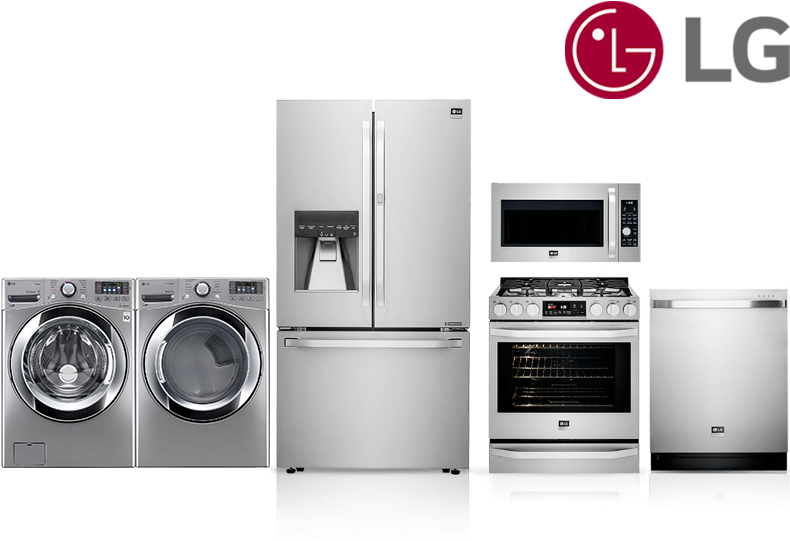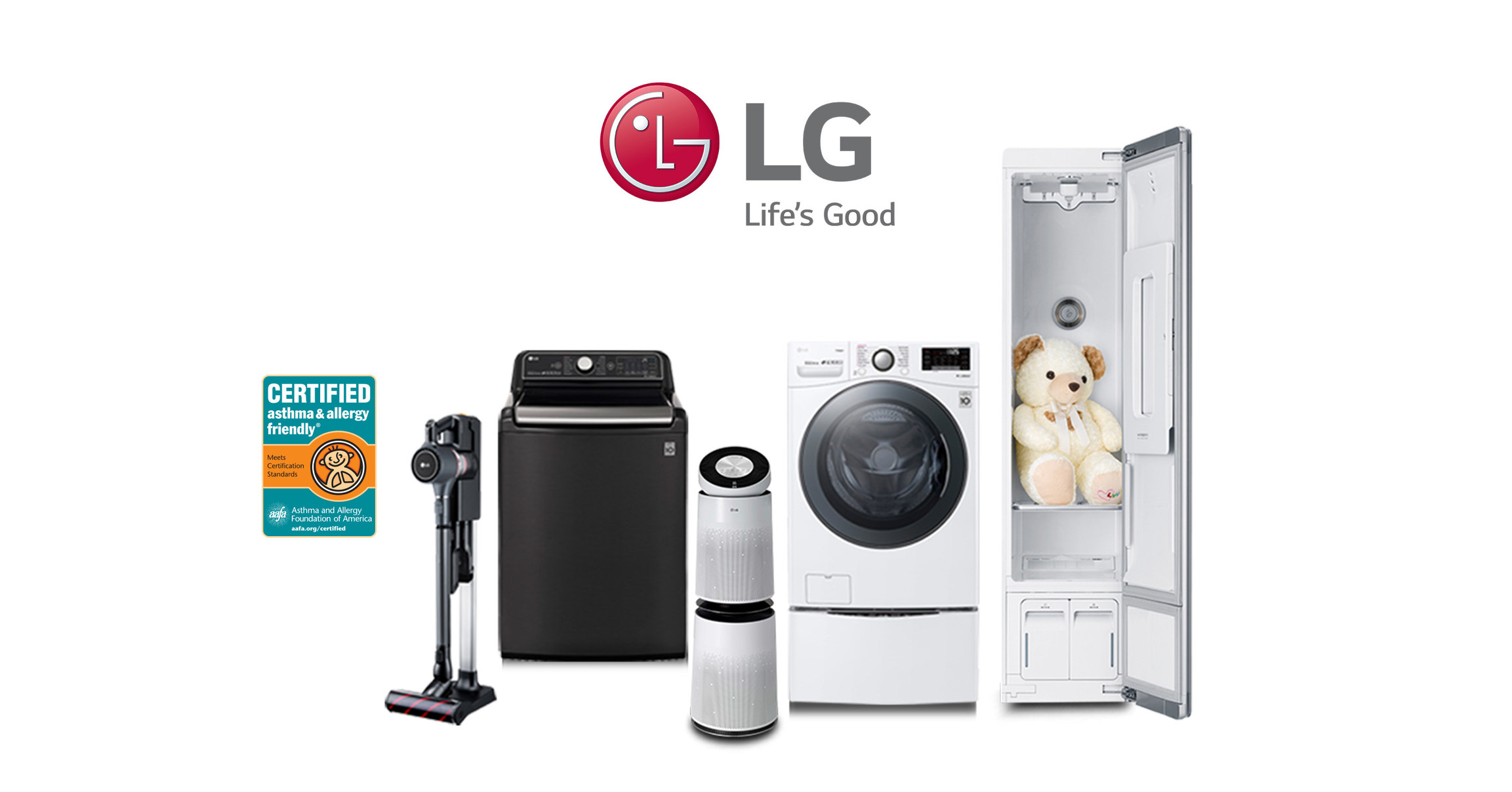Brand Overview
Brand:
LG
Parent Company:
LG Corporation
Core Categories:
Consumer Durables
Market Context at Entry (1997)
- Post-liberalization India was witnessing the rise of a new middle class.
- Indian electronics dominated by BPL, Onida, Videocon, Godrej.
- Early multinationals like Sony, Philips, and Samsung had entered.
- Consumers sought reliable products at accessible prices with superior after-sales service.
Marketing Mix (4Ps)
Product Strategy
Pricing Strategy
- Mid-premium pricing: Positioned slightly above Indian brands (BPL, Videocon), but below Sony.
- Flexible pricing across mass, mid-premium, and premium ranges.
- Aggressive festive season promotions, EMI schemes, exchange offers to boost volumes.
Promotion Strategy
Brand Positioning:
- Early tagline: "Life's Good" (still continues globally)
- Projected itself as trusted, family-friendly, dependable — aligned with emerging middle-class aspirations.
- Extensive TV, print, and outdoor advertising in Tier 1–3 markets.
- Long-term Hindi film celebrity tie-ins (Abhishek Bachchan, Aishwarya Rai, later Katrina Kaif).
- Sponsorship of major cricket tournaments and TV game shows.
- Strong use of retail shop-in-shops and dealer-driven promotions in smaller towns.
Distribution Strategy
- Early focus on deep dealer networks — penetrated rural and semi-urban India faster than most MNCs.
- Authorized service centers established even in small towns—rare for the time.
- Partnered heavily with multi-brand outlets (Vijay Sales, Croma, Reliance Digital).
- E-commerce partnerships for premium segments in recent years.
Consumer Perception & Emotional Connect
- Trust, durability, family brand — highly valued for long-term purchases like refrigerators and washing machines.
- Known for localized product innovation.
- In TVs, ACs, washing machines: became synonymous with long-life and low-maintenance.
- More functional and reliable rather than aspirational or “cool.”
LG's India Strategy: Focus on Mass + Premium
- LG entered as a mass market brand, unlike Sony (premium) or Samsung (mid-premium initially).
- First MNC to deeply localize product R&D and manufacturing for India.
- Early and aggressive investment in “Make in India” (Greater Noida plant, 1997; Pune plant, 2004).
- Customized product features for India's climate, power conditions, and consumer habits.
The Most Important Products That Drove Growth
| Product | Launch | Impact |
| Goldstar (predecessor brand) | 1995-96 | Laid early market familiarity before LG formally entered |
| Colour CRT TVs ("Flatron") | Late 1990s–2005 | Mass-market dominance; became India's No. 1 TV brand |
| Semi-Automatic Washing Machines | 1999 onwards | First to introduce rust-free plastic bodies, stabilizer-free operation |
| Refrigerators (Direct Cool + Frost-Free) | 2000 | Customized for Indian power cuts (stabilizer-free, fast cooling) |
| Air Conditioners (DUAL Inverter AC) | 2005 onwards | Popularized inverter ACs in the mass segment |
| Microwave Ovens (Indian Cuisine Auto Cook) | 2003 | Localized features for Indian recipes |
| OLED TVs | 2016 onwards | Leader in high-end TV segment globally and in India |
| Water Purifiers | 2016 | Fast-growing health appliance segment |
| Smart Home Appliances (AI ThinQ platform) | 2020 onwards | Premium smart appliances for the tech-savvy urban class |
Competitive Landscape Over the Years
| Segment | Key Competitors |
| TVs | Samsung, Sony, Xiaomi, TCL |
| Refrigerators | Samsung, Whirlpool, Godrej |
| Washing Machines | Samsung, Whirlpool, IFB |
| ACs | Voltas, Blue Star, Daikin, Hitachi |
| Microwaves | Samsung, IFB |
| Water Purifiers | Kent, Eureka Forbes |
LG's Edge:
- First-mover advantage in localization.
- Deep rural penetration.
- Very strong service network and product longevity.
Challenges & Responses
| Challenges | LG's Response |
| Rising price competition (esp. Chinese brands like Xiaomi, TCL) | Enhanced premium product lineup (OLED TVs, smart appliances) |
| Shifting youth preferences to more “cool” aspirational brands | Launched AI-powered ThinQ series, promoted smart home leadership |
| Commodity price fluctuations | Increased domestic sourcing, expanded India-based manufacturing |
| Service reputation risk as installed base grew | Invested in call centers, remote diagnostics, online service scheduling |
Impact & Market Performance
- Over 20 crore customers served in India (cumulative sales).
- No. 1 or No. 2 brand in:
- Refrigerators (direct cool, frost-free)
- Washing machines (semi-automatic, front load)
- Microwaves (consistent leader)
- Air Conditioners (inverter segment leader)
- OLED TV leadership in high-end segment.
- Revenue: Estimated over ₹25,000 crore annually from India operations (2023–24 estimate).
- Manufacturing hubs: Greater Noida (1997), Pune (2004), new investments ongoing.
Key Learnings from LG's India Playbook
- Deep product localization ensures relevance and adoption at scale.
- Serve both middle India and premium India simultaneously.
- Build one of the most trusted service networks early — critical for appliances.
- Invest heavily in festive, regional, and rural promotions.
- Constantly innovate on reliability + features rather than just price wars.
Summary
LG's India journey is a textbook case of quiet domination. Without flashy marketing or headline-grabbing stunts, LG methodically built a pan-India franchise across appliances and electronics, serving both entry-level and premium customers. Its ability to localize product features while ensuring durability and service trust has made LG one of India's most respected and enduring consumer electronics brands.











